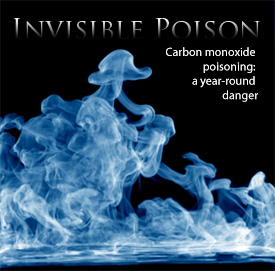“Short of putting a bedbug-sniffing beagle at your door to check everyone before they come in, you’re going to get bedbugs,†he said. “Dealing with them is the cost of doing business these days.â€

State inspectors have the authority to shut down an establishment that poses an "imminent health hazard" involving fire, flood, sewage backup, rodent infestation, bed bug infestation or "any other condition that could endanger the health and safety of guests, employees and the general public."
The costs of coping with bedbugs are significant, and they are not covered by most insurance policies because they are seen as a maintenance issue. Hiring bedbug-sniffing dogs, which is considered the most effective detection technique, costs about $250 for a 1,200-square-foot retail store and as much as $10,000 for a million-square-foot department store.
Â
Eliminating infestations is also costly, ranging from $750 for a few rooms in an office building to $70,000 for a large apartment complex. And that is just for the application of the cocktail of pesticides that kills bedbugs. It costs an additional 40 percent for the gold standard regimen of placing all the contents of an office or retail space into a heat chamber — bedbugs die at 120 degrees — and then spraying pesticides in the temporarily empty rooms.
An employee first discovered a bedbug in the 137-room hotel in 2003, and Mr. Tyler has since instituted a comprehensive bedbug detection program to find the blood-sucking insects before a guest does.
- Mr. Tyler created a position called “bedbug technician†— an employee whose sole job is to go from room to room checking for bedbugs.
- There is also a bedbug bounty of $10 paid to any employee who finds one.
- If a bedbug is found, the room and all adjacent rooms are taken out of service for up to five days while they are steam-cleaned and chemically treated to eliminate the bugs and their eggs.
- The mattresses in the rooms are also discarded. The total cost for each room is $2,500, including lost bookings.
“It sounds like a lot of money, but the value of a good reputation is infinite,†Mr. Tyler said. “Your biggest fear is that someone will get bitten and post something about it on an online travel site, and that’d be a killer.â€
Bedbugs used to be solely a residential problem, but they are showing up in commercial settings, and not just in places with beds like hotels, nursing homes and apartment complexes. Increasingly, pest control companies report finding bedbugs in office buildings, movie theaters, clothing stores, food plants, factories and even airplanes.
“To stay ahead of bedbugs, I recommend having the dogs come through quarterly,†said Pepe Peruyero, chief executive of J&K Canine Academy in High Springs, Fla., which trains bedbug-sniffing dogs and offers inspections for large buildings like department stores and school dormitories. However, he added, many customers cannot afford it and instead choose to rely on the vigilance of employees after an initial dog check comes up clean.
“It takes about four to seven hours per room†for the combination heat and pesticide procedure and a couple of hours on three separate occasions if using pesticides alone, said Judy Black, technical director for the Steritech Group, based in Charlotte, N.C., which provides pest control and other quality control services to commercial customers. “Getting rid of bedbugs is not quick or easy.â€
For more:Â Â http://www.nytimes.com/2010/09/08/business/08bedbug.html?partner=rss&emc=rss
 “This study, like dozens of similar studies nationwide, offers more proof that going smoke-free does not pit business against health, but rather is a common sense health law that keeps workers and employers both physically and fiscally healthy.â€
“This study, like dozens of similar studies nationwide, offers more proof that going smoke-free does not pit business against health, but rather is a common sense health law that keeps workers and employers both physically and fiscally healthy.â€




